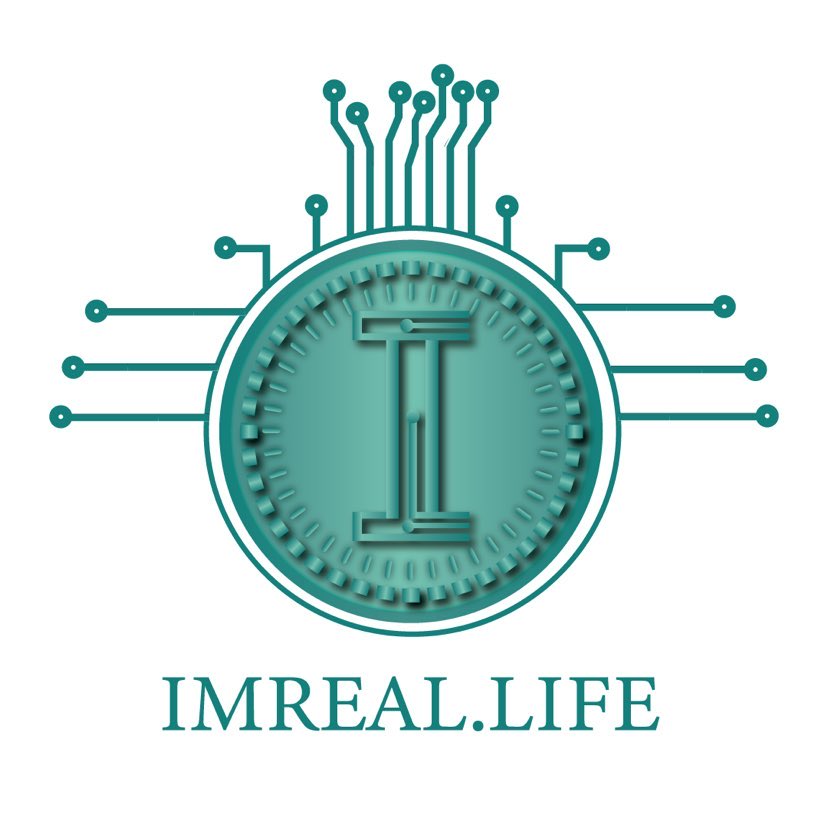The Evolution of Biblical Language: The Case of the Unicorn
The Evolution of Biblical Language: The Case of the Unicorn
Understanding Biblical Translation
Before we dive into the main question, it's essential to understand that the Bible has been translated multiple times over centuries. These translations were done from ancient languages like Hebrew, Aramaic, and Greek into various languages around the world. The process of translation can sometimes lead to differences in interpretation.
Origins of the Unicorn in Scripture
The term "unicorn," as it appears in some versions of the Bible, originates from the Hebrew word "re'em." This term is used in several Old Testament verses (Numbers 23:22, Deuteronomy 33:17, Job 39:9-10, Psalms 22:21, 29:6; 92:10 and Isaiah 34:7).
In ancient Jewish tradition, re'em was understood to refer to a wild ox or an aurochs (an extinct species of large wild cattle). This is supported by early Jewish scholars and interpreters. For example, the Septuagint—a Greek version of the Old Testament created by Jewish scholars in the third century B.C.— translates "re'em" as "μονοκερως" (monokeros), meaning 'one-horned'.
Introduction and Removal of 'Unicorn'
The term 'unicorn' entered Biblical language with the Latin Vulgate. St. Jerome (347-420 AD), translated re'em as 'unicornis,' which later became 'unicorn' in English. Jerome likely used 'unicornis' due to its similarity with the Septuagint's 'monokeros'.
However, later scholarship and discoveries—such as understanding the context in which re'em is used in Scripture and ancient depictions found on Assyrian reliefs—have made it clear that re'em most likely referred to a two-horned animal, like an aurochs or a wild ox.
This led to the term 'unicorn' being removed from most modern translations of the Bible. The King James Version (1611) is one of the few English translations that still uses 'unicorn,' but more recent versions like the New International Version and English Standard Version use 'wild ox' instead.
Conclusion
The 'unicorn' was removed from many versions of the Bible because it was recognized as a translation error. It's important to remember that translations, while aiming to be as accurate as possible, can sometimes convey inaccurate imagery due to differences in language and cultural understanding. This doesn't undermine the authority or truth of Scripture but underscores the importance of careful study and understanding the original languages and contexts.

